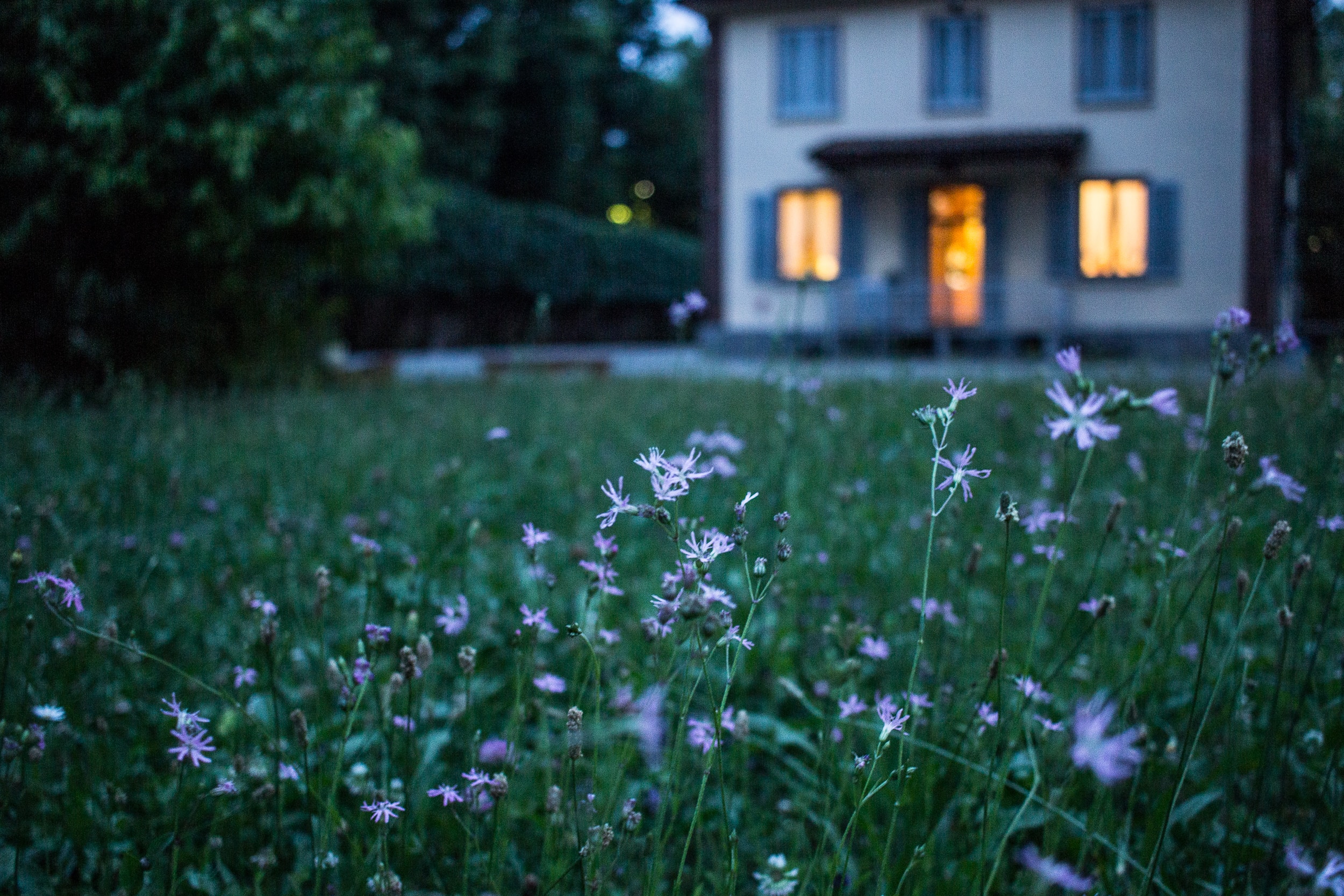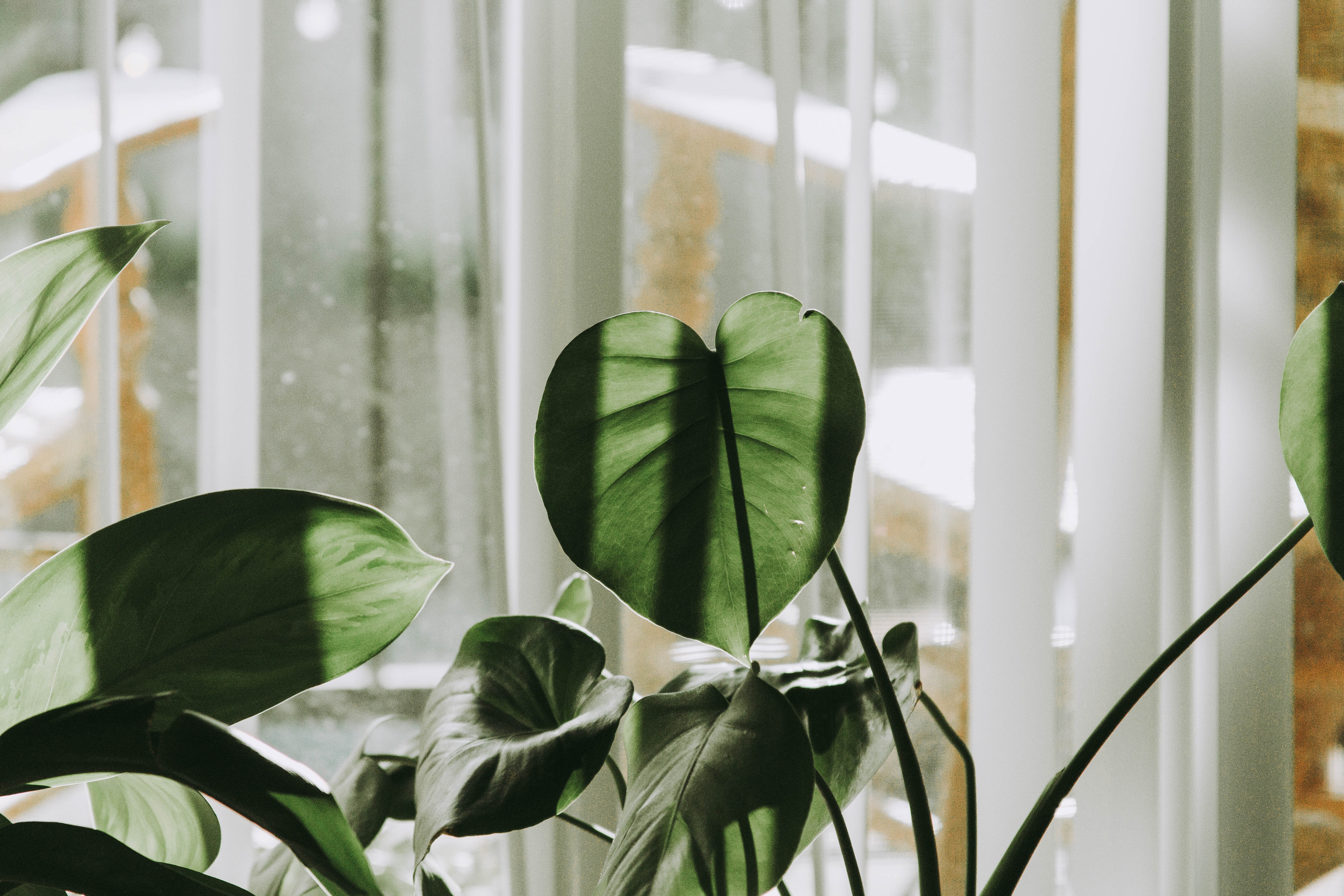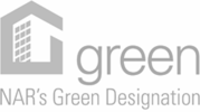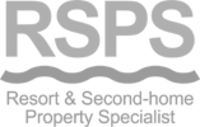As our world becomes increasingly conscious of environmental impact, the real estate landscape is evolving to embrace eco-friendly living. In this article, we uncover the realm of sustainable homes and housekeeping practices towards environmental responsibility.
Building Green: Eco-Friendly Home Features
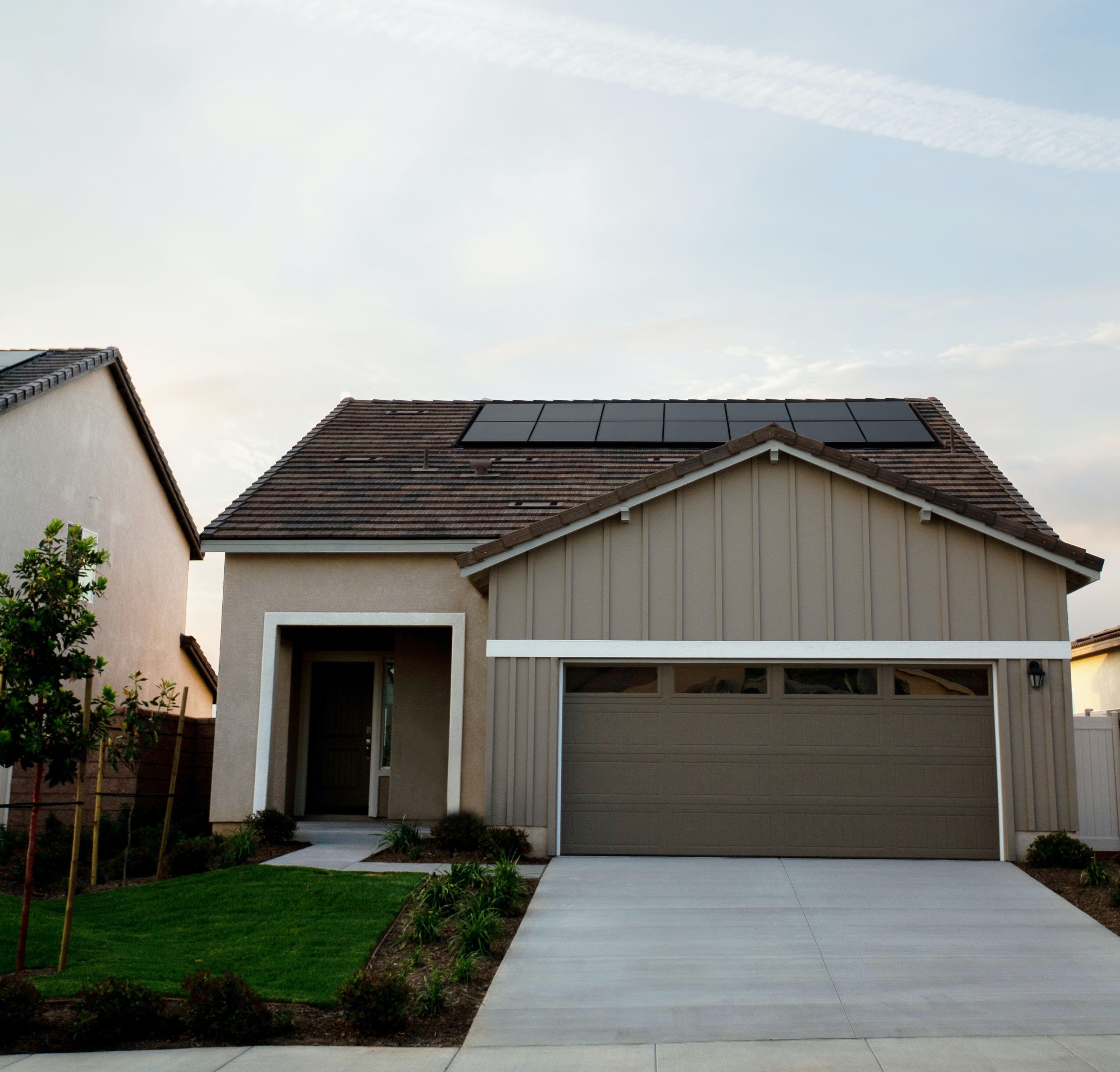
The foundation of eco-friendly living begins with the home itself. From energy-efficient appliances and solar panels to sustainable materials and smart home technologies, trends in green building have been on the rise.
Structures built with green principles not only minimize waste and resource usage but also lead to lower maintenance costs and improved public health. Occupants of green buildings report increased happiness, health, and productivity.
Net-Zero Homes: The Future of Sustainable Living
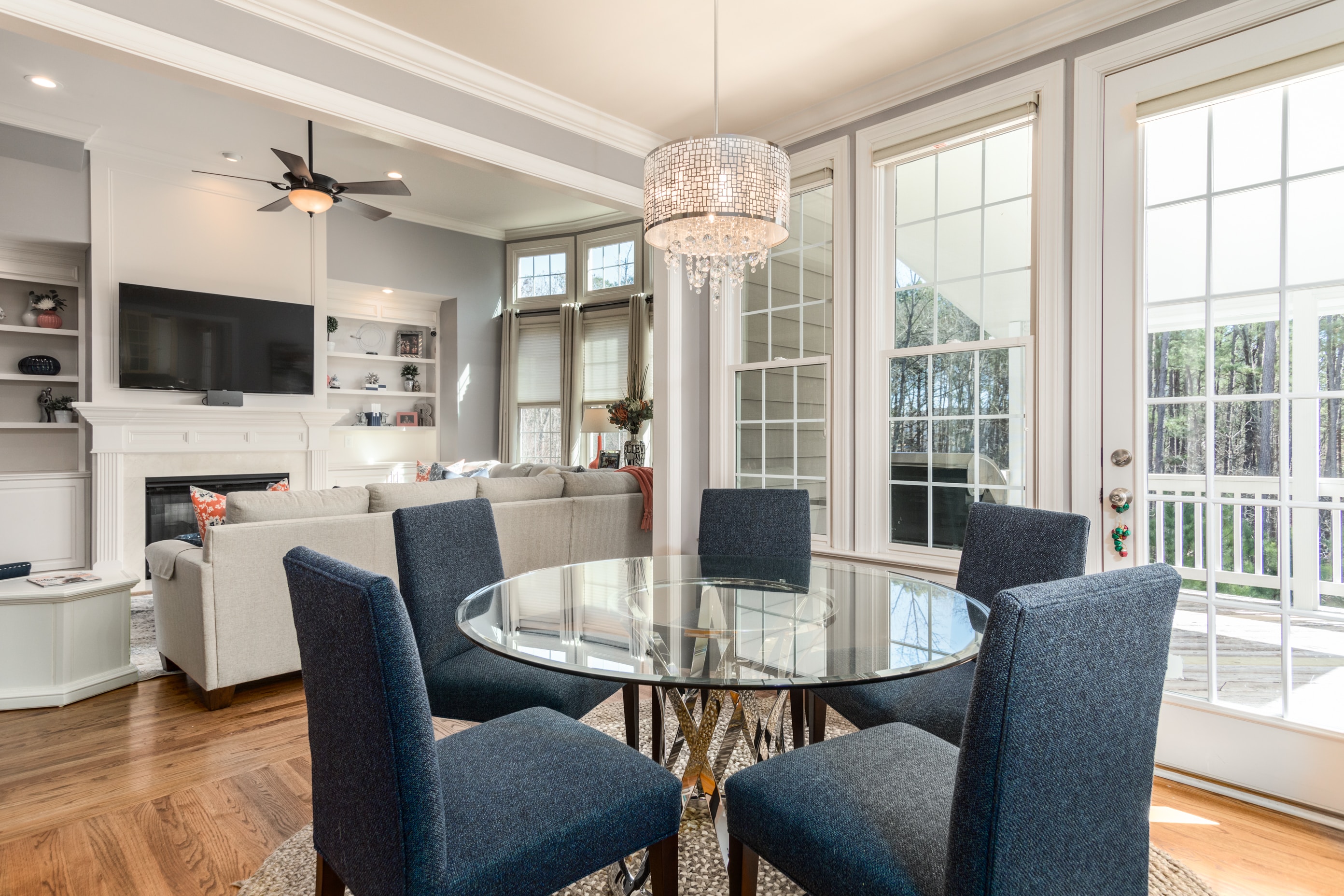
Enter the era of net-zero homes, where energy production equals consumption, establishing a harmonious balance with the environment. These homes, often characterized by advanced design and superior building systems, generate their own energy through technologies like on-site solar panels.
Advanced window technologies, characterized by air-tightness, excellent insulation and energy efficiency, play a crucial role in enhancing the functions and security of net-zero homes. These features contribute to making net-zero homes more resilient and long-lasting compared to the average home.
While the initial investment in the systems and products for net-zero homes may be higher, the long-term savings on electricity expenses make them a financially sound choice. The total cost of living in a net-zero home, from move-in day onward, proves to be lower than that of a comparable standard home.
Sustainable Housekeeping and Green Renovations
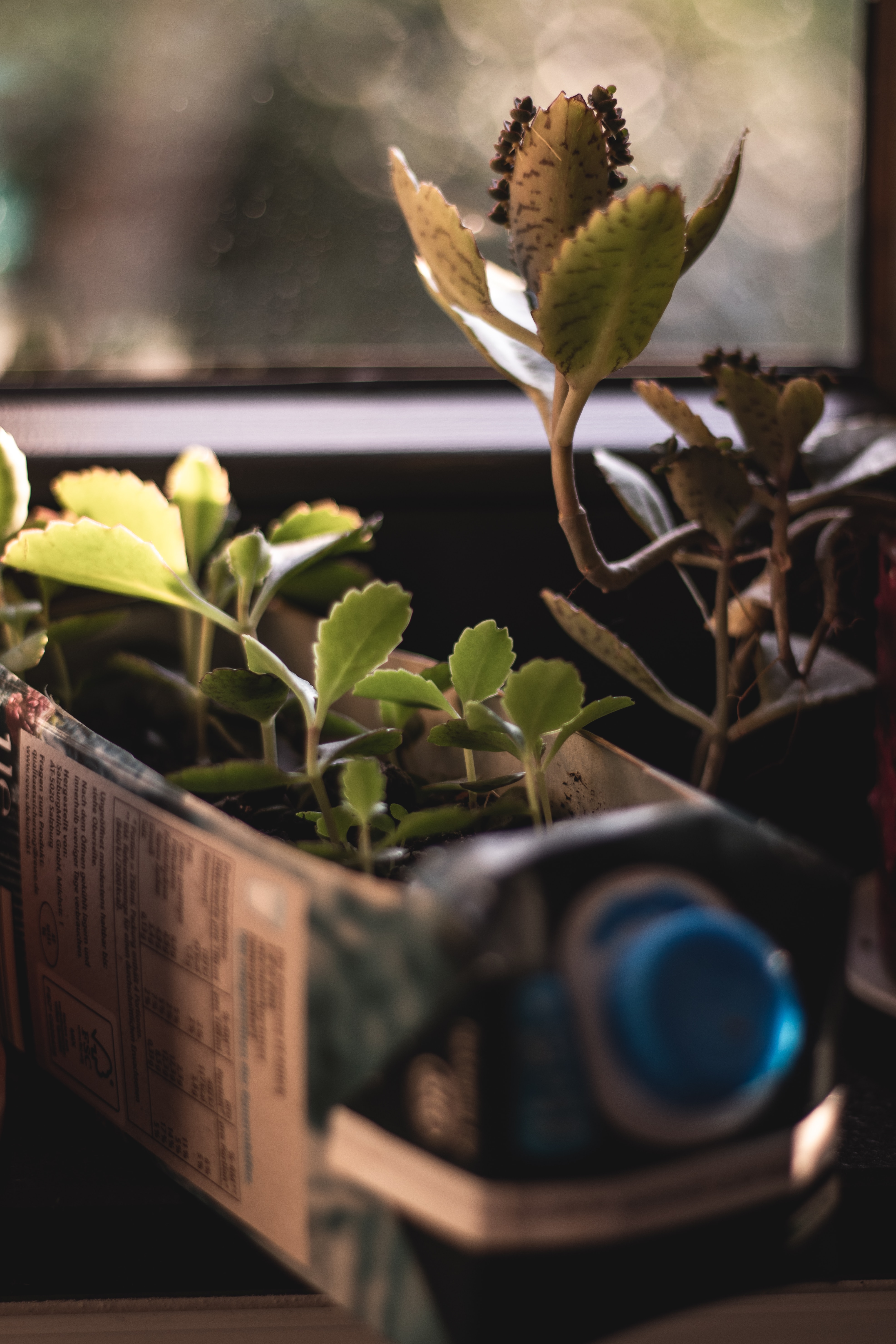
Beyond the initial construction, maintaining an eco-friendly home involves sustainable housekeeping practices. Simple changes in daily routines, such as using green cleaning solutions and waste reduction strategies, contribute to a healthier home and planet.
For those considering home renovations, incorporating green practices into the process can further enhance sustainability. Upcycling, repurposing materials, and integrating salvaged items create a stylish living space with a reduced environmental footprint.
The commitment to eco-friendly living extends outdoors, with sustainable landscaping practices contributing to both aesthetic appeal and environmental impact. Native plantings, water-efficient irrigation and environmentally conscious hardscaping choices all play a role in fostering a greener property.
Eco-friendly homes and sustainable housekeeping practices are not mere trends – they signify a commitment to a greener and healthier future. As the real estate industry embraces these principles, homebuyers now have the opportunity to invest in properties that align with their values and contribute to a more sustainable world. Join the movement towards eco-friendly living and explore the exciting possibilities of sustainable real estate.
